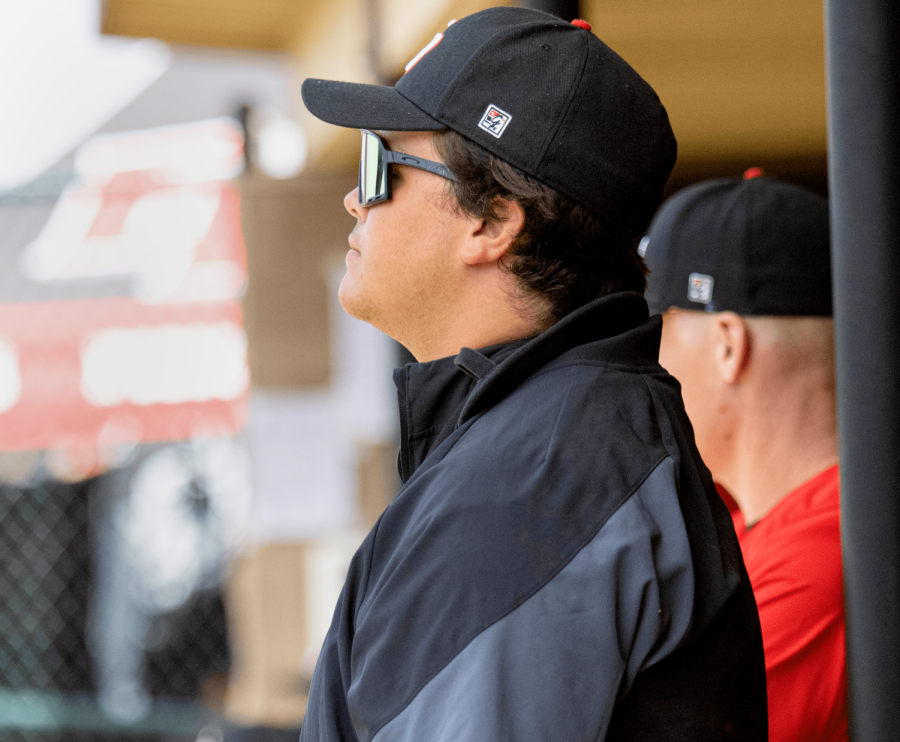The violent culture of the NFL has been making headlines with the New Orleans Saints bounty scandal along with several present and former players showing signs of head trauma.
Over 1,500 players have sued the NFL, arguing the league has hidden the connection between repeated concussions associated with football and brain damage.
In a 2009 study commissioned by the NFL, former players between the ages of 30 and 49 were all found to have been diagnosed with severe memory-related diseases, known as Chronic Traumatic Encephalopathy, at approximately 19 times the rate of the general population.
It’s no surprise injuries happen in this sport, as it’s a modern day gladiator showdown where grown men in superior physical shape unleash on each other. That’s part of the excitement to watch as a football fan.
Nearly 10 years ago, the issue of the NFL and brain damage began to emerge when an autopsy was done on former Hall of Fame center for the Pittsburgh Stealers, Mike Webster.
After 17 years in the NFL, Webster was inundated with a cocktail of numbing pain medications to subdue his once-invincible body towards the end of his life.
The once well-known “Iron Mike” left the league mentally and physically disabled in 1990 after nearly two decades of anchoring the offensive line.
The cause of the mental and physical deterioration of Webster is said to be due to dozens of undetected concussions he had throughout his long career.
These undetected concussions in the NFL during the 1950s through the 1970s were very common. In the last decade, several players from that era, like 20-year NFL veteran Junior Seau, have suffered from brain trauma.
Seau is among former players like Dave Duerson and Ray Easterling, as they’ve committed suicides that have raised questions about football’s unbridled violence. Now violence in football is a top conversation in America as it’s the sport that’s most watched by the nation.
When guys like Webster, Duerson and Easterling played in the league, the rules governing contact and safety measures were extremely liberal and the equipment was nothing like the advanced football equipment that exists now. The helmets, in particular, consisted of a leather shell with some springs and minimal padding in the 1950s and have slowly transformed into the well-developed padding and air pockets to prevent direct impact to the brain.
Along with the advancement in safer equipment, the NFL has implemented several rules to keep their players safe. Helmet-to-helmet contact is illegal and tackling is only allowed from the neck down to prevent head trauma. Teams can only have one tackle practice per week and full two-a-days have been banned, according to the collective bargaining agreement (CBA).
The precautions all football leagues from Pop-Warner to NFL take when it comes to reporting concussions have made large leaps of progress. Teams have trainers, coaches and even doctors on the sidelines that are trained to recognize the symptoms of head injuries and they take them very seriously. Professional teams have tests they administer to athletes regularly to keep track of their brain activity and its consistency over time helping to detect any changes due to trauma.
Players who show signs of concussions have to take several precautionary measures before returning to participating in the sport.
The problems of concussions in football from the lowest level all the way to the NFL are recurring. The Sports Legacy Institute has set out to “solve the concussion crisis.” The Sports Legacy Institute is a nonprofit organization dedicated to advance the study of prevention and treatment of brain trauma in athletes, hoping to expose that it is a public health crisis.
Ira Casson, co-director of Minor Traumatic Brain Injury research center (MTBI), has taken a deeper look into the relationship between playing professional football and the changes occurring in the brain due to impact with cases involving former deceased athletes.
Prevention, treatment and diagnosis along, with management decisions about when athletes should return to play, will be vital in changing the culture of football.
Enforcing the rules of play by implementing penalties and fines for players and teams who break them will be very important in making positive impacts on the most watched sport in America.












